





 |
 |
 |
 |
 |
 |
| Jean-Marc MICHEL | profile | all galleries >> Burma >> Aungban >> Burma >> Bagan and surroundings | tree view | thumbnails | slideshow |
| previous page | pages 1 2 3 4 5 6 7 ALL | next page |
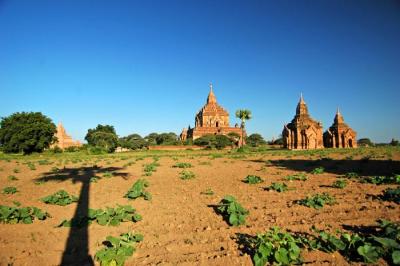 DSC_0044 |
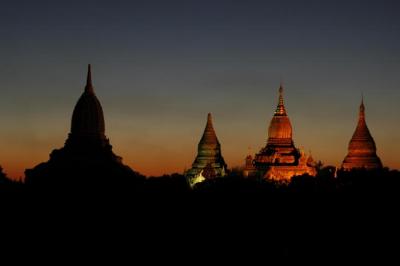 DSC_0040 |
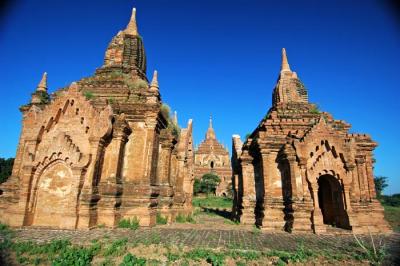 DSC_0050 |
 DSC_0200 |
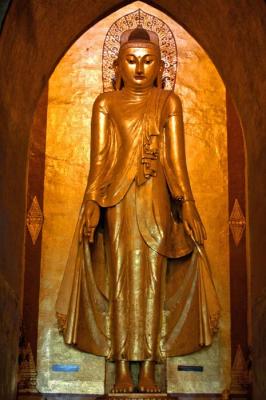 DSC_0282 |
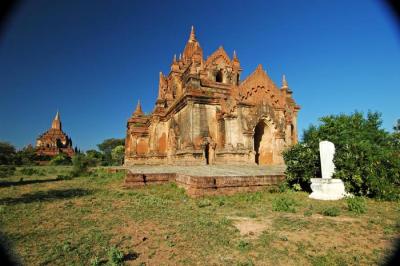 DSC_0135 |
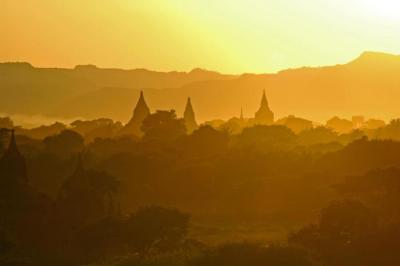 DSC_0084 |
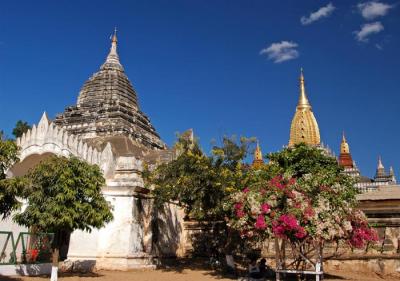 DSC_0251 |
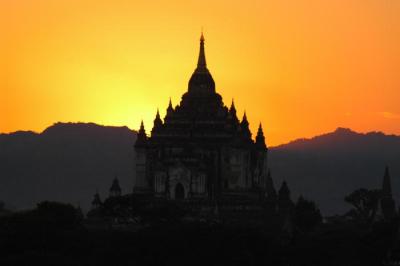 DSC_0105 |
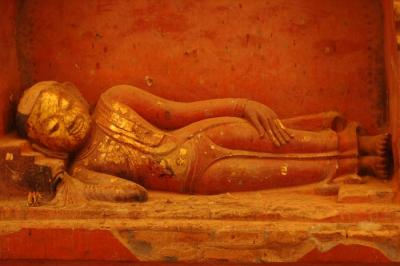 DSC_0247 |
 DSC_0151 |
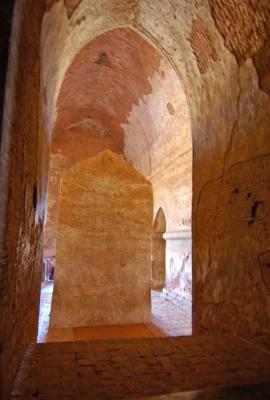 DSC_0233 |
| previous page | pages 1 2 3 4 5 6 7 ALL | next page |
| comment | share |
| Guest | 20-Jun-2009 05:46 | |
| Guest | 31-May-2006 18:49 | |